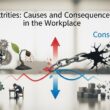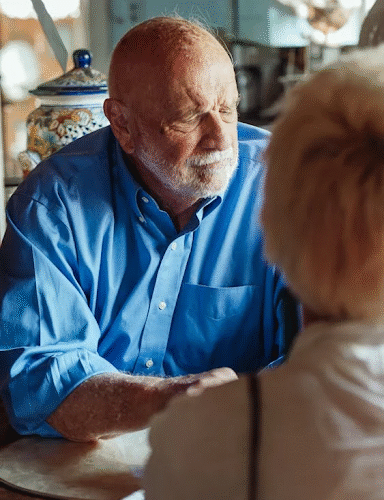As we grow older, our bodies undergo a series of natural transformations, many of which are most visibly reflected in our hair. Hair changes in the elderly are common and can be influenced by a combination of intrinsic aging and external stress factors.
Understanding these changes can help older adults manage expectations and adopt healthier hair care practices. Read on.
The Role of Aging
Hair aging is largely a biological process. One of the earliest and most noticeable changes is graying. This occurs when melanocytes, the cells responsible for pigment production, gradually reduce melanin output. As a result, hair loses its color and turns gray or white.
This process typically begins in the 30s or 40s, depending on genetics, and becomes more pronounced with age. Beyond graying, hair also becomes thinner. This is due to a reduction in hair follicle size and a shortening of the anagen (growth) phase of the hair cycle.
As follicles shrink, the hair they produce becomes finer and more fragile. In some cases, follicles may stop producing hair altogether, leading to hair loss or bald spots. This phenomenon, known as androgenetic alopecia, affects both men and women, though patterns and severity vary.
Additionally, the scalp itself changes with age. It may become drier and less elastic due to decreased sebum production and collagen loss. These changes can affect the overall health of the hair, making it appear dull, brittle, or lifeless.
The Impact of Stress
While aging is a natural process, stress can accelerate or exacerbate its effects on hair. Chronic stress has been linked to several types of hair loss. One of the most common is telogen effluvium, a condition in which a larger-than-normal number of hairs enter the resting phase of the hair cycle and fall out.
This can lead to noticeable thinning, often triggered by events like illness, surgery, or emotional trauma. Stress also impacts hormone levels, especially cortisol, which can influence hair follicle function. High levels of stress may contribute to inflammatory conditions of the scalp, such as seborrheic dermatitis, which can affect hair growth and appearance.
In some cases, stress may even play a role in early graying. Although this link is still being studied, some research suggests that stress may deplete melanocyte stem cells, potentially leading to premature pigment loss.
Managing Hair Changes
While it’s impossible to completely halt the aging process, there are ways to manage its effects on hair. Eating a balanced diet rich in protein, iron, and vitamins can support healthy hair growth. Staying hydrated and managing stress through mindfulness, exercise, or therapy can also have a positive impact.
Gentle hair care practices are essential for aging hair. Avoiding excessive heat, chemical treatments, and harsh shampoos can help preserve hair strength and shine.
In some cases, medical treatments such as minoxidil or low-level laser therapy may be recommended to address hair thinning or loss. It can also be helpful to consult experts or visit a facility to know how stress impacts hair aging and how to treat it properly.
Help the Elderly Manage Their Stress
Getting older and dealing with stress can both cause changes in your hair-like graying, thinning, or even hair loss. These changes are normal, but stress can make them happen faster or make them worse.
The good news is that there are ways to take care of your hair as you age. Eating healthy foods, staying hydrated, being gentle with your hair, and finding ways to relax can all help keep your hair looking and feeling better.
If you want to read more articles, visit our blog.




